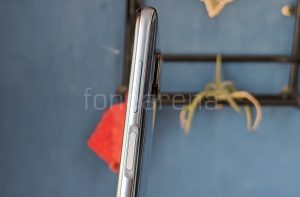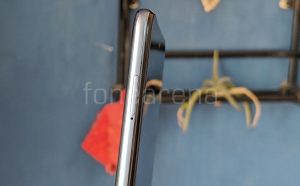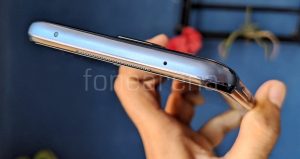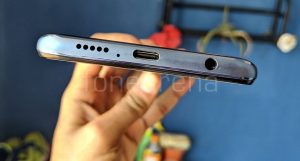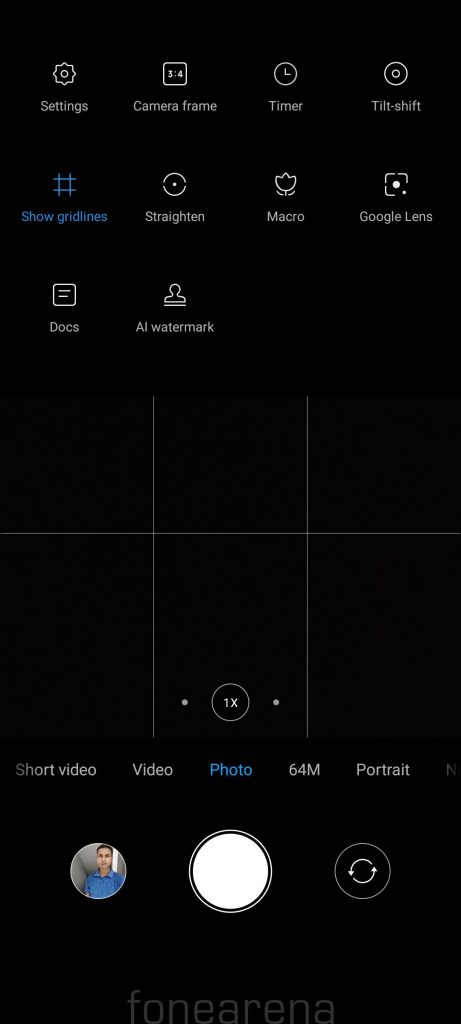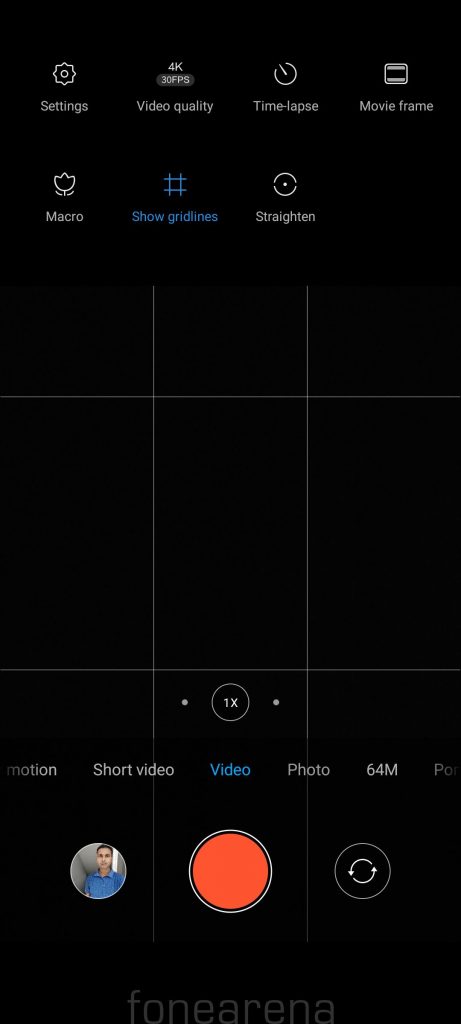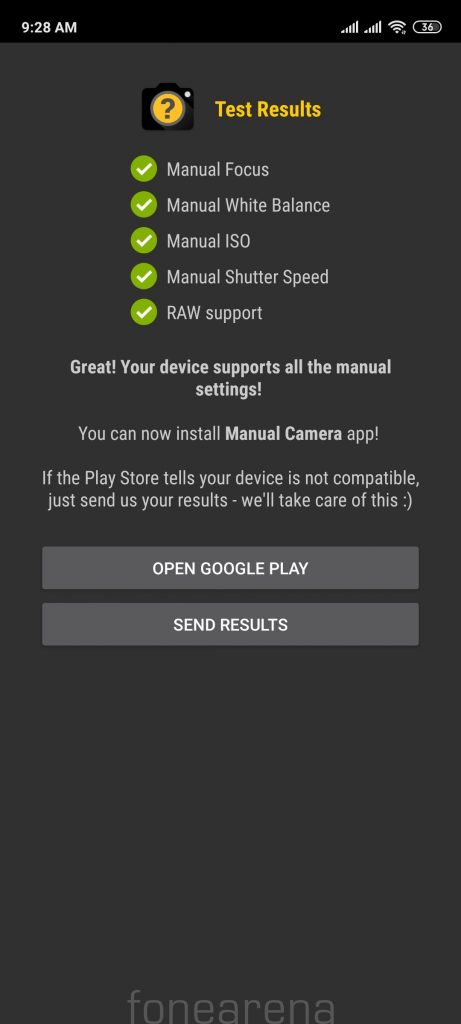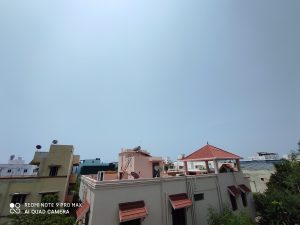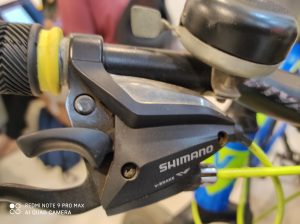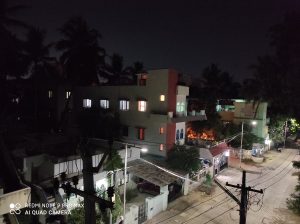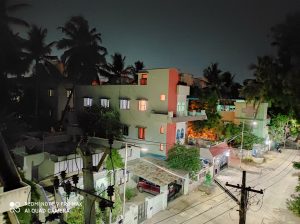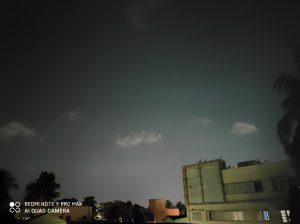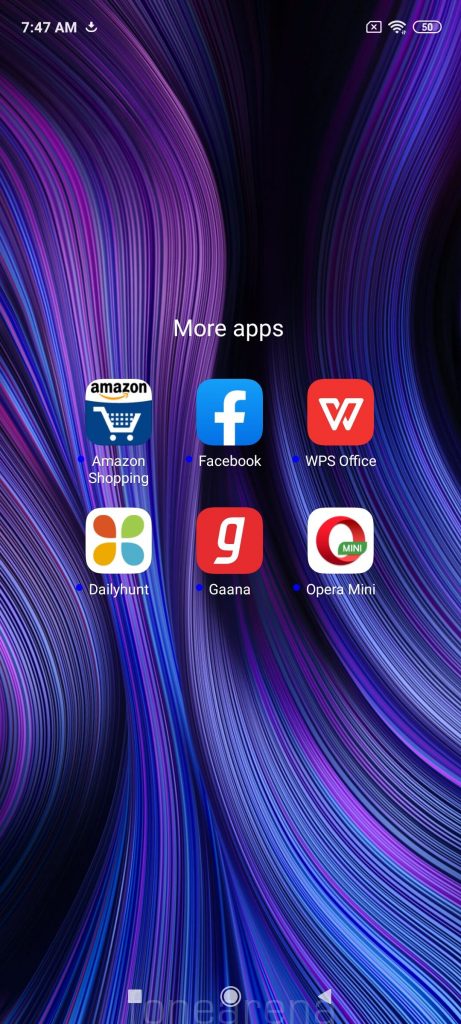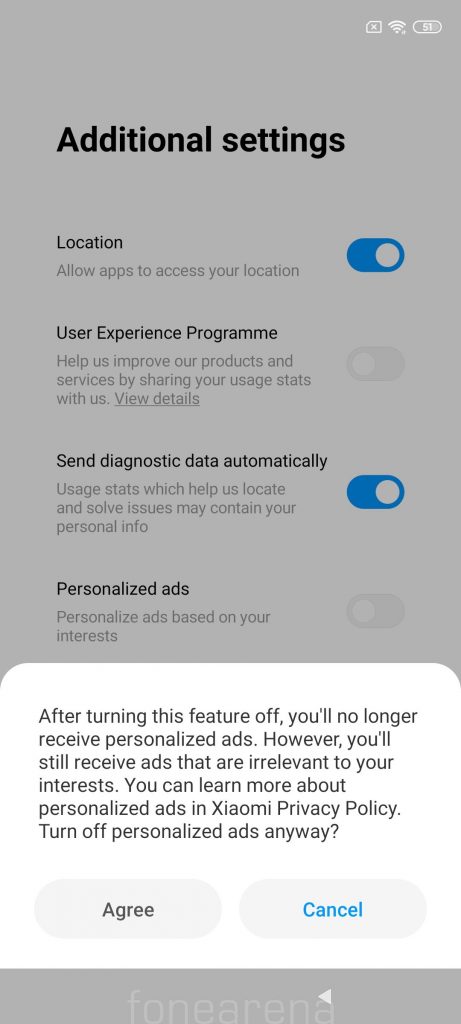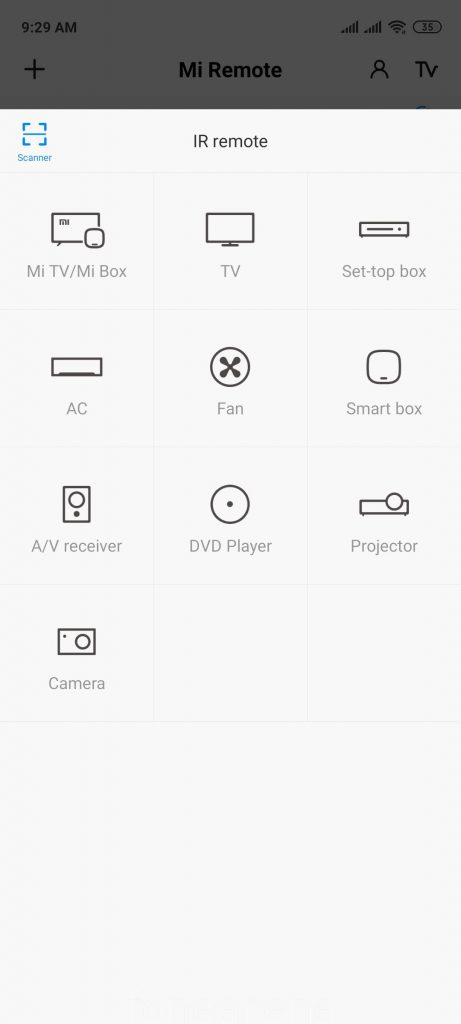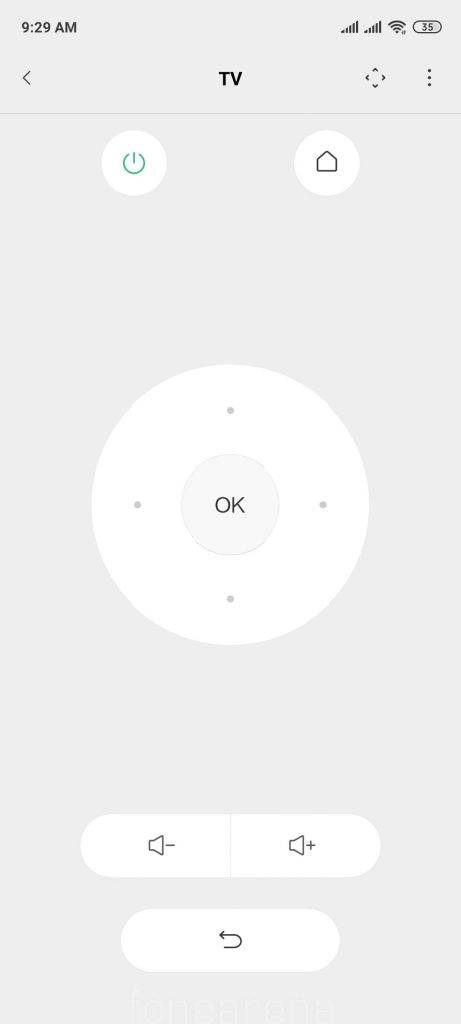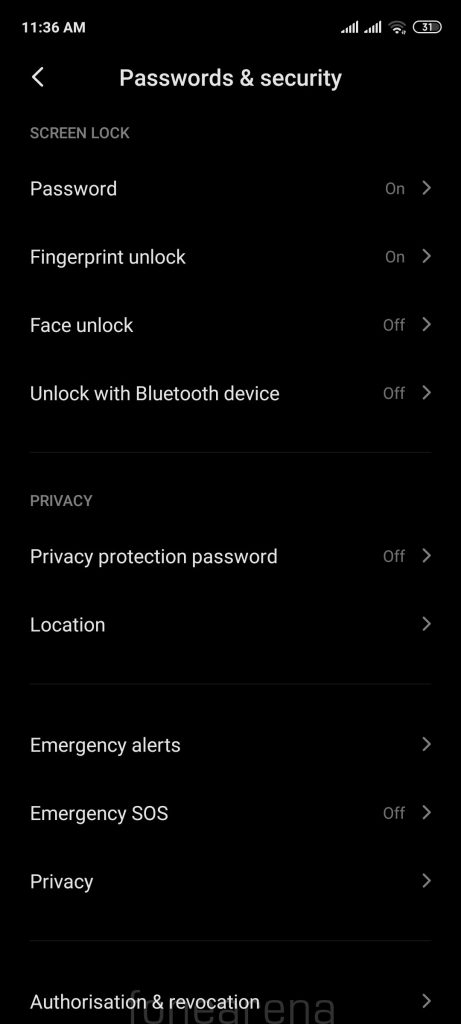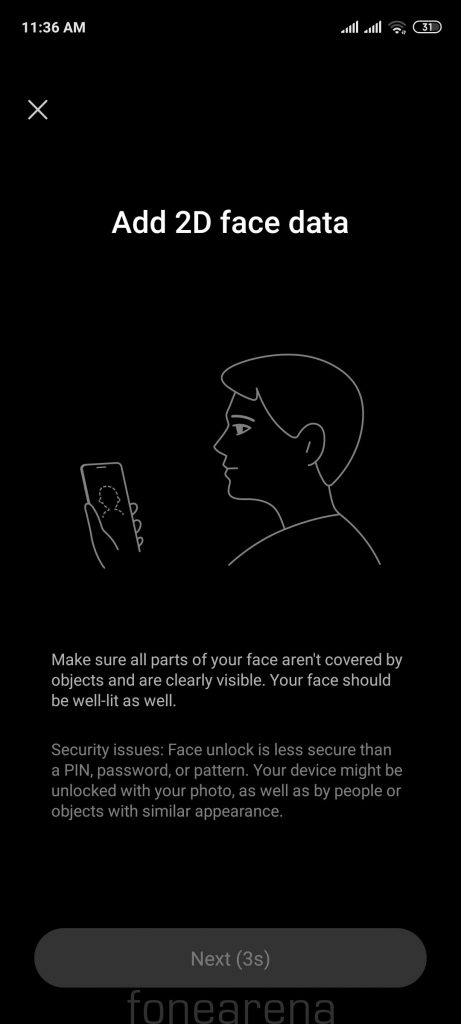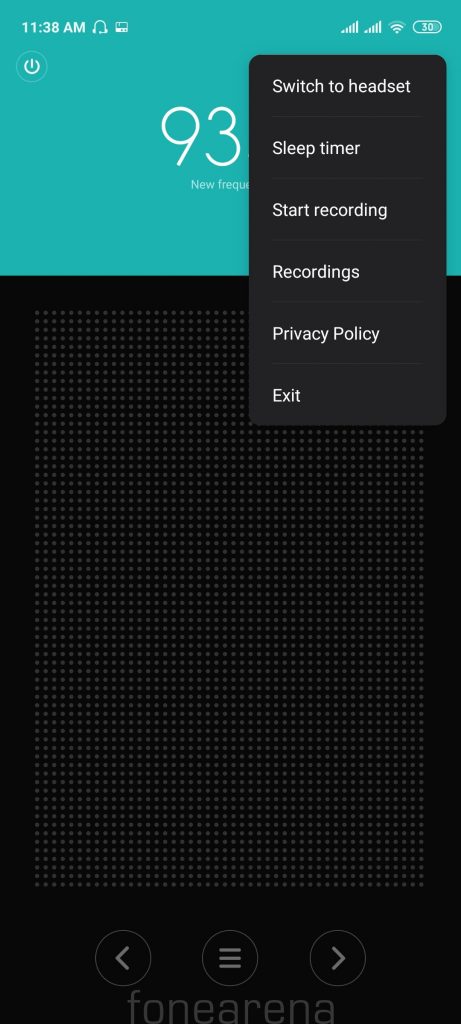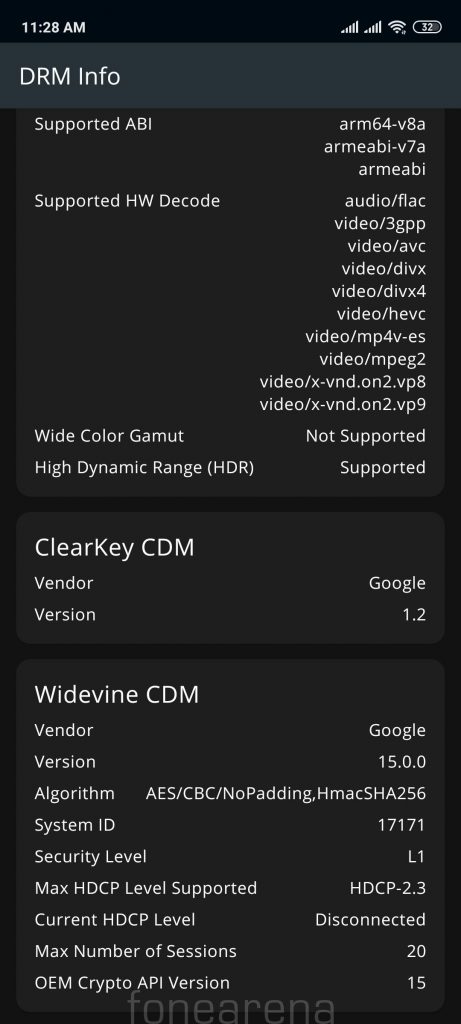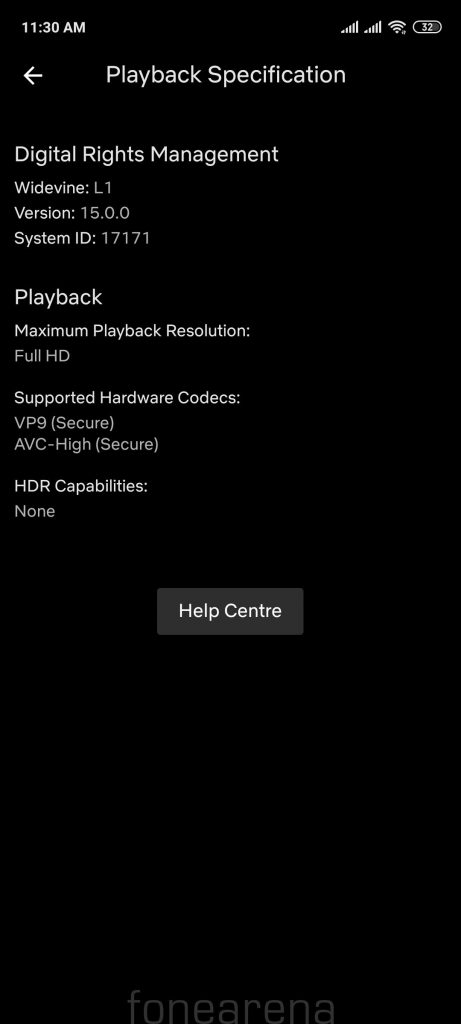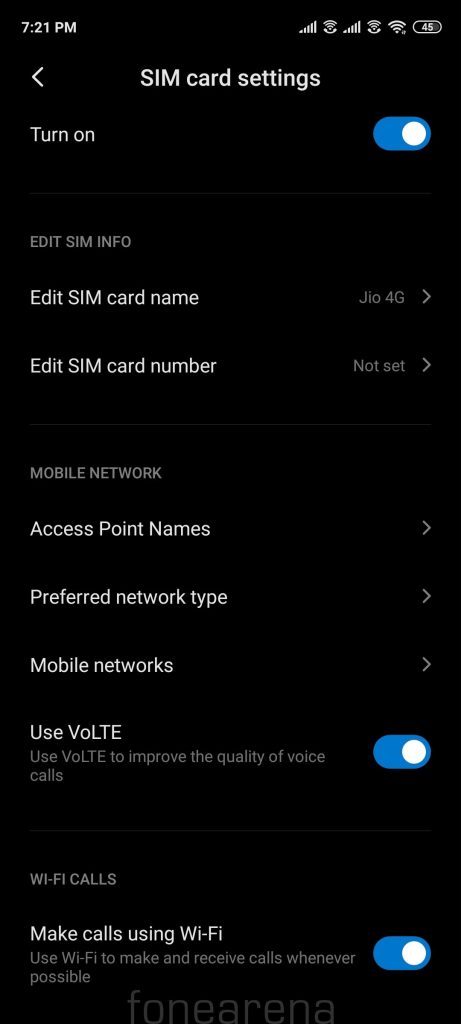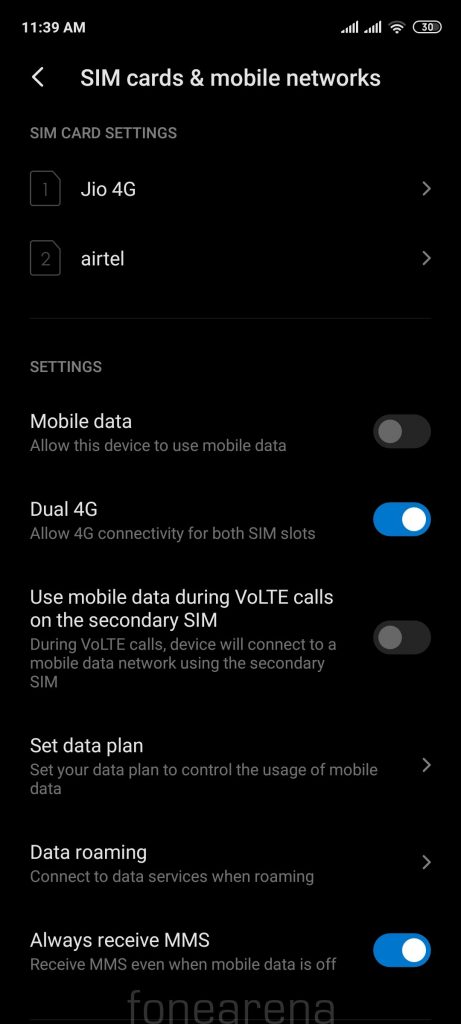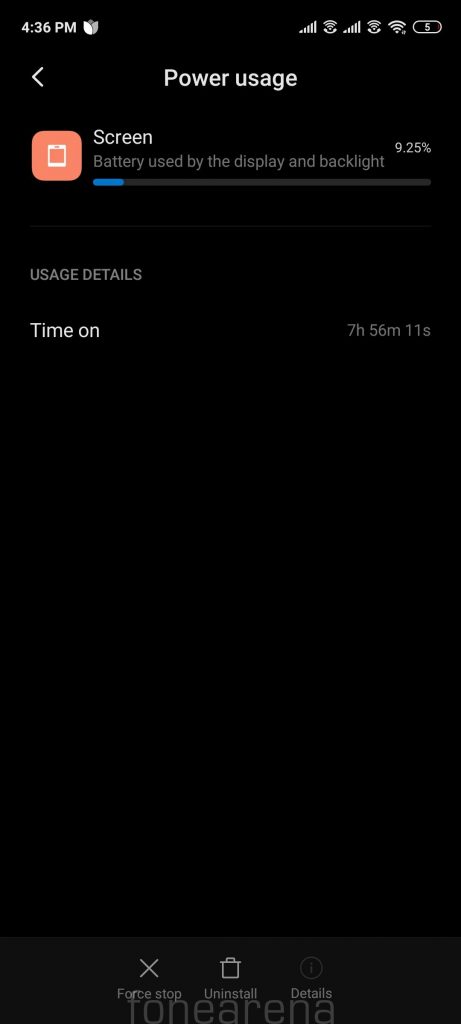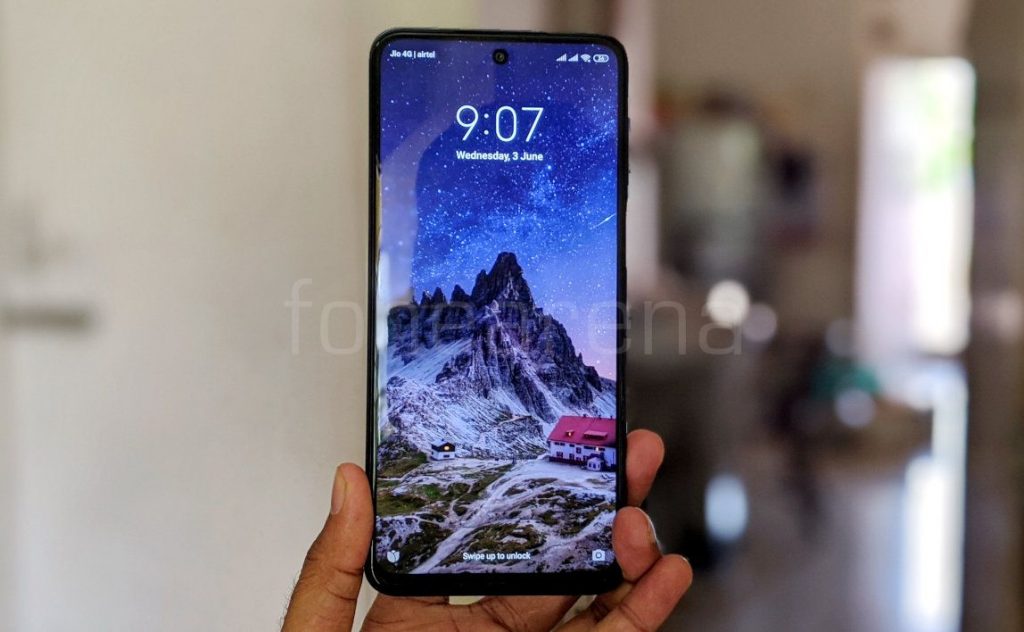
Xiaomi’s Redmi brand this year launched the Redmi Note 9 Pro and Note 9 Pro Max smartphones. Both have the same design and share almost similar specifications with the main change being the cameras and it also has support for faster charging. This lies in the same price range as the POCO X2, but doesn’t feature feature high refresh rate option. Let us dive into the review to find out what the device has to offer. Since I had reviewed the Note 9 Pro few weeks back, let’s see if the Note 9 Pro Max is worth the additional cost for the additional features.
Box Contents
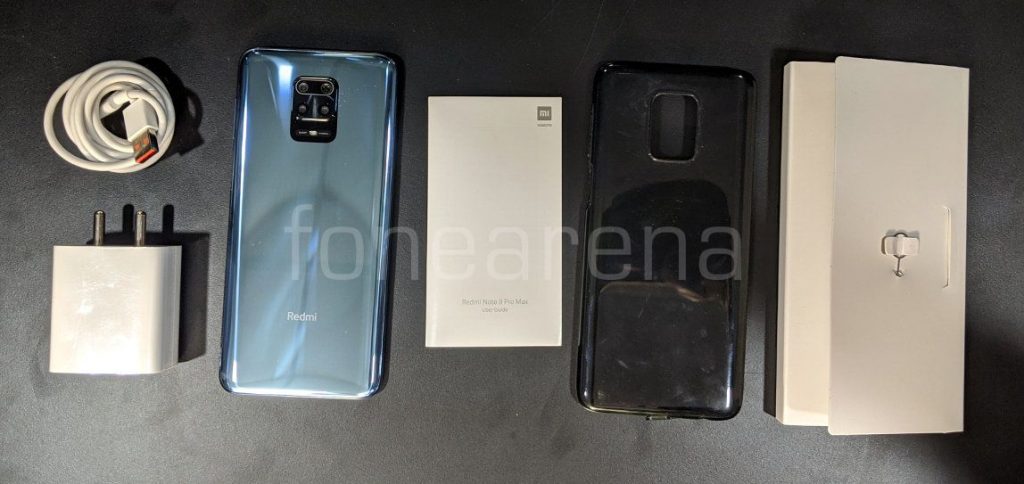
- Redmi Note 9 Pro Max smartphone 6GB + 128GB in Interstellar Black color
- USB Type-C Cable
- 33W charger (5V-3A/9V-2A/9V-3A/12V-1.5A/12V-2.25A/20V-1.32A/11V-3A)
- SIM Ejector tool
- Protective case
- User manual and warranty information
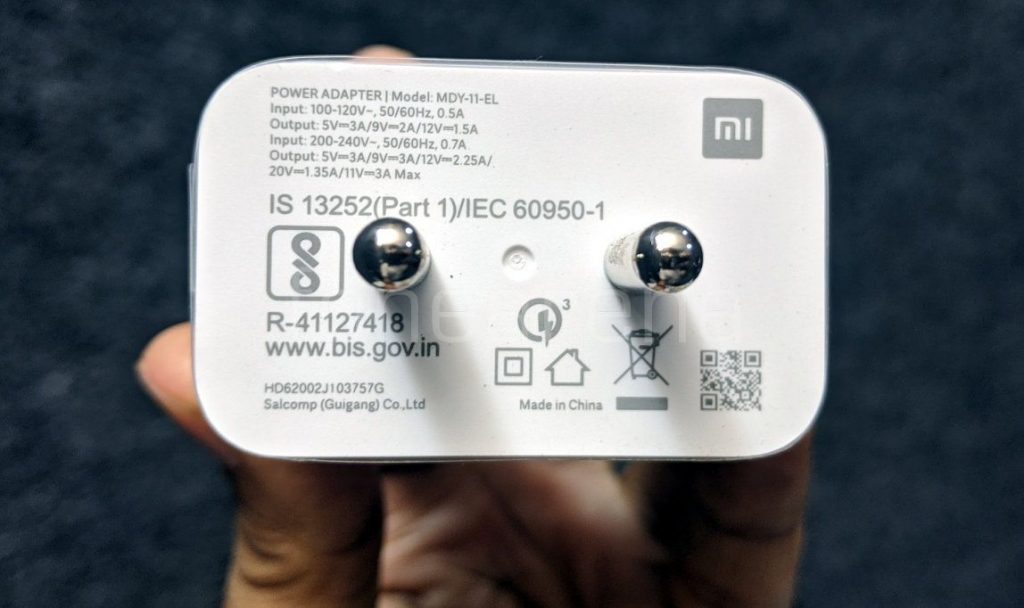
This is the only phone is price range to offer 33W charger in the box. It also comes with a dedicated fast charging cable with red tips that indicates support for fast charging since other cables don’t work.
Display, Hardware and Design

The Redmi Note 9 Pro Max has a 6.67-inch Full HD+ ‘Dot’ Full HD+ display with a pixel resolution of 2400 × 1080 pixels, 20:9 aspect ratio 2.5D curved glass screen with 450 nits brightness, 1500:1 contrast ratio and 84% of NTSC color gamut, same as the Note 9 Pro. It also has HDR support, which works for supported YouTube videos, but you can’t control it manually and it is not HDR certified for Netflix like the Redmi K20 series phones. The phone has Corning Gorilla Glass 5 protection.
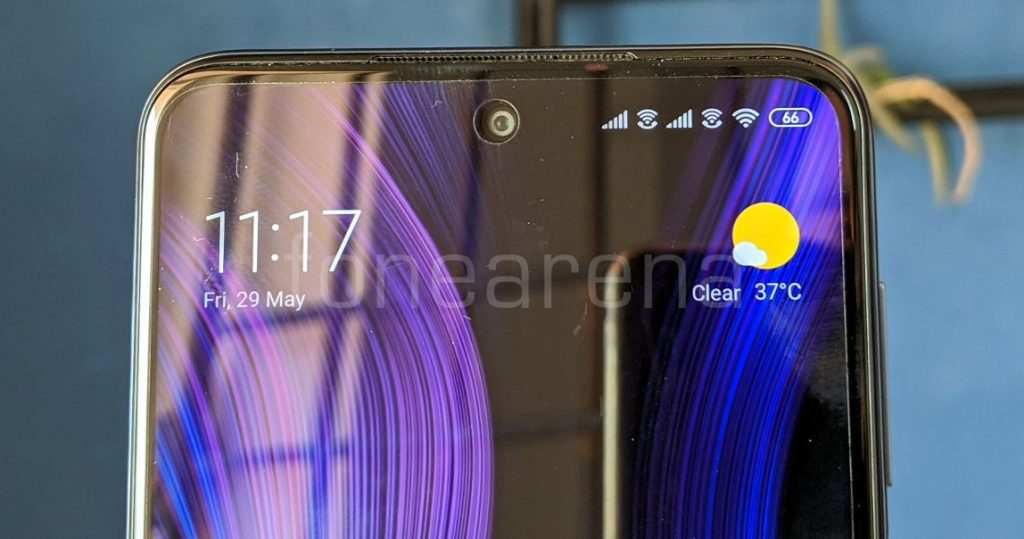
Above the display there is an earpiece on the top edge that also houses a tiny notification LED. The proximity is on the bezel, but it is hardly visible. It also has a gyroscope and a magnetic sensor, otherwise known as a magnetometer. There is also a 32-megapixel camera on the front with f/2.25 aperture compared to the 16-megapixel on the Redmi Note 9 Pro.
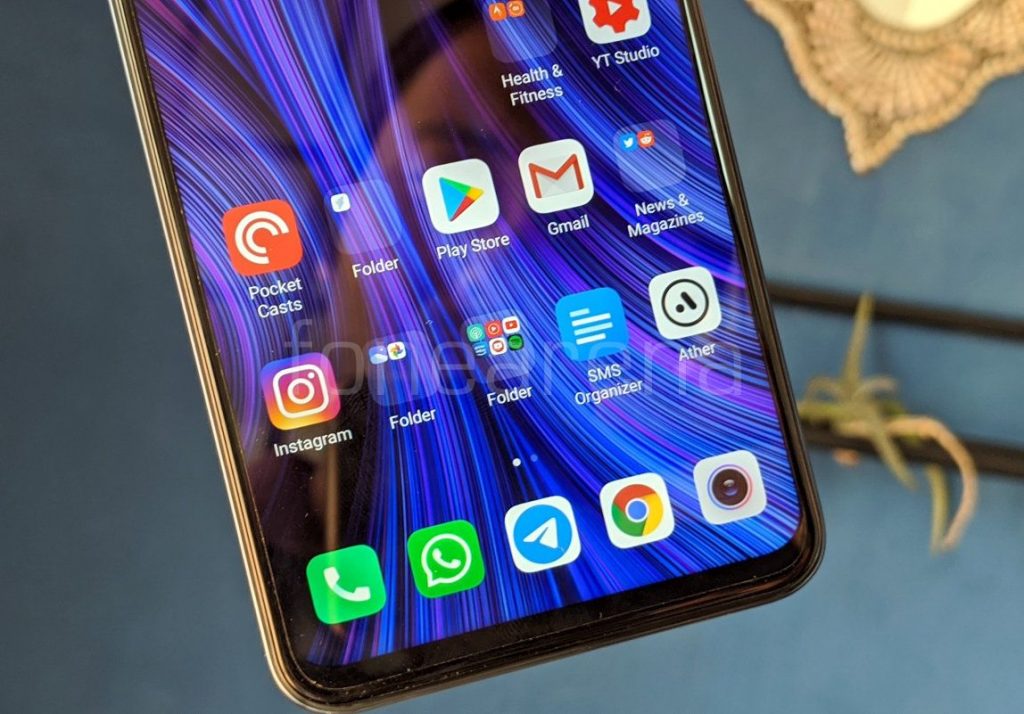
There is a small bezel below the display.
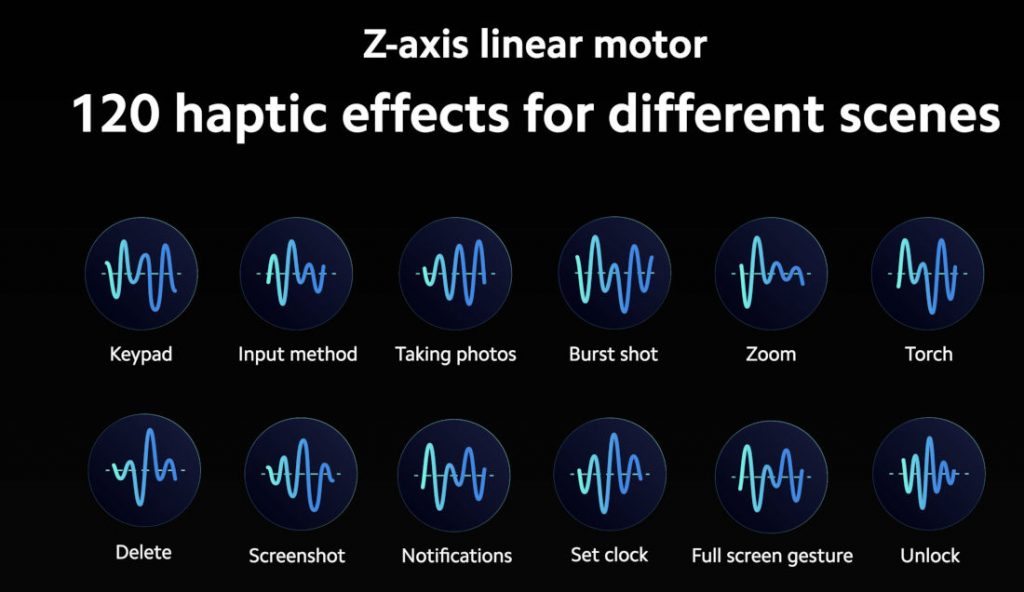
Similar to the Note 9 Pro, the Note 9 Pro Max also features Z-axis linear vibration motor, which the company says is the only phone in the segment to feature it. The Z-axis linear motor enables over 150 custom vibration patterns across the UI for the best haptic experience, and the different can be felt when using the phone.
The button placements are similar to Redmi Note 9 Pro. The volume rockers and the power button are located to the right and this time around, the power button houses the fingerprint scanner. The USB Type-C port, primary microphone, 3.5mm audio jack, and speaker grill are present at the bottom. The left side houses the Dual SIM + microSD card tray and the top part houses the IR blaster and the secondary microphone.

On the back there is a 64-megapixel camera along with an 8-megapixel 119° wide-angle lens, 2-megapixel depth sensor and a 5-megapixel macro camera. This has slight camera bump due to the large sensor, but the camera lens is protected by a scratch-resistant glass. Even though the phone has a large screen, it is compact to hold, thanks to the punch-hole screen. This has the Aura Balance design with symmetrical design and 3D glass on the back with Corning Gorilla Glass 5 protection.
The phone also comes in Aurora Blue and Glacier White colours, and the Aurora Blue colour has a nice gradient finish. It comes with P2i nano coating similar to most other Redmi phones, but the Note 8 Pro had IP52 ratings with watertight seals for buttons and ports. It packs a 5020mAh built-in battery so the phone is a bit heavy at 209 grams, and the weight distribution is decent.
Camera
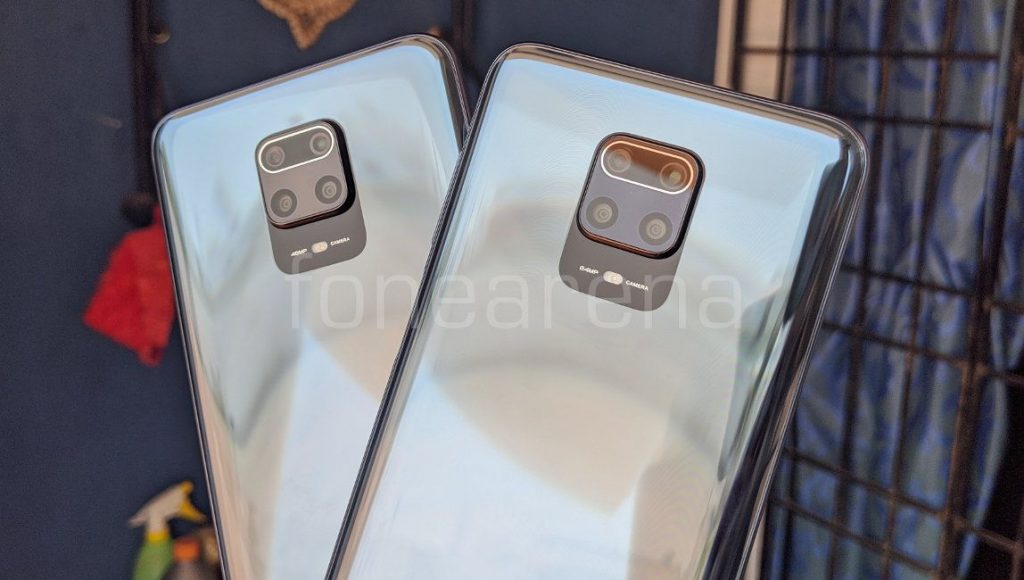
The main difference between the Note 9 Pro and Note 9 Pro Max is the primary rear camera. The Note 9 Pro Max has a quad camera set up which includes a main 64-megapixel primary rear camera with single LED Flash, 1/1.72″ Samsung GW1 ISOCELL sensor, 0.8μm pixel size, f/1.79 aperture, has support for PDAF, EIS along with a secondary 8-megapixel camera with 119° ultra-wide angle lens with GalaxyCore GC8034 sensor, f/2.2 aperture, 1.12μm pixel size, 2-megapixel depth sensor with GalaxyCore GC02M1 for portrait as well as 5-megapixel camera with Samsung S5K5E9 sensor for 2cm macro with 1.75μm pixel size and f/2.4 aperture. It has a 32-megapixel front-facing camera with OmniVision OV32A1Q sensor and f/2.25 aperture.
The camera UI is familiar with other Xiaomi smartphones running MIUI 11 with flash, HDR, AI, Macro mode, colour modes (Normal, Vivid, Film, Amour, Latte, Sun, Cookie, Calm, Soda, Gourmet, Glow, Berries, B&W and Fade) on the top. There is also new Pro colour mode on the top that boosts the colour when capturing images, just like Chroma Boost in realme phones. Pressing the menu option shows camera frame, timer, tilt-shift, straighten, macro and Google lens. There is a front camera toggle on the bottom along with option to select modes such as Slow motion, Short Video, Video, Photo, 48MP, Portrait, Night, Panorama and Pro mode to adjust white balance, focus, shutter speed (1/4000s to 30 seconds), ISO (100 to 3200) and option to select main, ultra-wide and macro lens. You can also shoot in RAW in Pro mode. Beautify option for the front camera lets you adjust several features, in addition to smoothness. There is also a new 21:9 wide portrait feature which is called ‘movie’ mode which works both rear camera front cameras. Xiaomi has enabled Cam2API by default so you can side-load ported Google Camera APKs for advanced editing including RAW capture.
The image quality is obviously better in the Note 9 Pro Max compared to Note 9 Pro, thanks to the bigger sensor. Daylight shots came out well with good dynamic range. After pixel binning you get 16MP output. HDR shots are better with improved dynamic range, and macro shots are good as well with good amount of details. The dedicated 5MP macro sensor captures the details without any blur even when you go as close as 2cms, but the colors are not perfect. Wide-angle shots are good as well, and the portrait shots have good edge detection, and the focus is better in the Note 9 Pro Max compared to the Note 9 Pro. 64MP mode that offers a lot of details, but images can go up to 20MB in size. Even though there is no telephoto lens, it uses the software for offering 2x zoom, which might be handy sometimes.
Low-light shots are better in Note 9 Pro Max compared to Note 9 Pro, but it is not the best. It uses 4-in-1 Super Pixel technology that lets the camera’s sensor hardware combine 4 pixels into a single 1.6μm large pixel, and the night mode is even better making the images brighter offering more details, but there is noise when there is less light. Images with flash are good and the flash is not overpowering. Daylight front camera shots are good, but the low-light shots are just average. The output is 32MP in resolution, and the image size is around 13MB. Portrait shots have decent edge detection even though it is done using software and the portrait image size is about 21MB.
Check out the camera samples (Click the image to view the full resolution sample.).
It can record videos at 4k resolution at 30 fps, 1080p at up to 60 fps, and it also has slow motion 720p resolution video recording at up to 960fps, but this should be 240fps converted into 960fps since the Snapdragon 720G officially supports only up to 240fps slow motion recording. You can also shoot 1080p 30 fps videos using the ultra-wide and macro cameras.
Software, UI and Apps
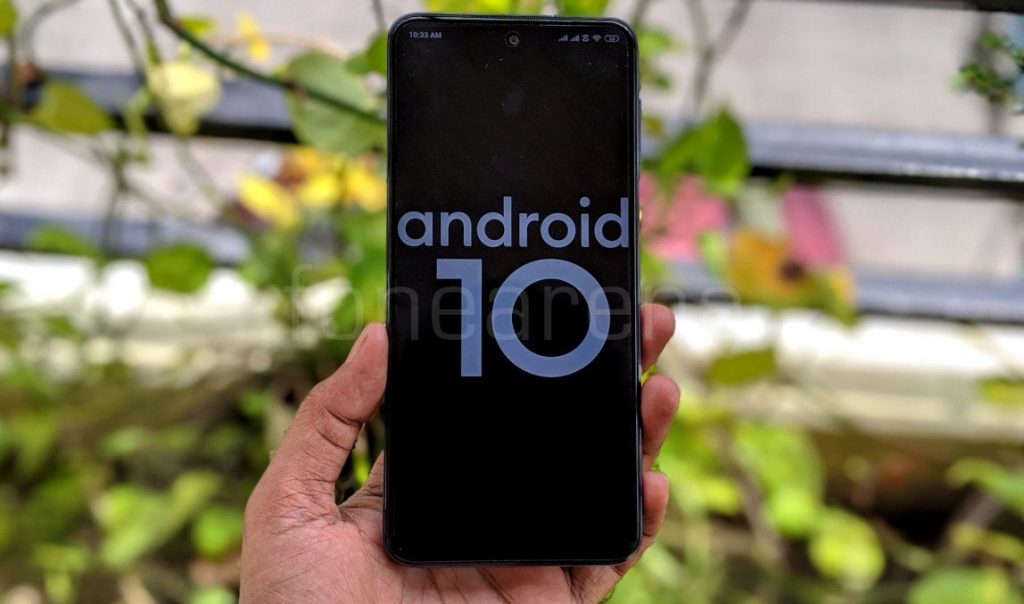
It runs Android 10 out of the box with MIUI 11 on top. It recently got Android security update for April, 2020. MIUI 11 that was introduced last year brings several features including Minimalistic Design, Quick Replies, dynamic sound effects, Dynamic Video Wallpaper and more. The company has already confirmed MIUI 12 update, which should be available later this year and Android 11 as well in the future. It has all the usual set of features such as Dual Apps, Second Space, App Lock, Quick Ball and more.
Apart from the usual set of utility apps, Google apps and Xiaomi’s own set of apps, it comes pre-loaded with Amazon Shopping, Facebook, Opera mini, Gaana, Dailyhunt and Gaana apps. It also asks for additional app installation during setup, which you can skip. You can easily uninstall these apps, but these come up when you reset the phone.
Xiaomi is infamous for showing ads on its phones with MIUI, which the company says is done in order to support the development cost of its own apps. If you don’t want to see ads, you have to disable recommendations while setting the phone up, promoted apps and in Xiaomi’s own apps such as Music, Mi Video, File Manager, Mi Drop, App Vault, and others. You can also uninstall these apps by following the procedure here without rooting the phone.
Since the phone has an infrared sensor for remote function, it comes with Mi Remote that lets you control your home appliances easily. Out of 6GB RAM, you get 5.58GB of usable RAM, and about 2.82GB of RAM is free when default apps are running in the background. Out of 128GB internal storage, you get about 104.7GB of free storage. Since this has UFS 2.1 storage, we got sequential read speeds of about 502MB/s.
Fingerprint sensor and Face unlock
The phone has a fingerprint sensor on the ride side, embedded into the power button. It immediately unlocks phone just by keeping your finger on the power button so that you don’t have to press it. You can add up to 5 fingerprints. You can also use the fingerprint for app local and payments in apps. The phone also has face unlock, but it is not as secure as fingerprint since it can be unlocked with a photo. It also doesn’t work if you use sunglasses or hats.
Music Player, FM Radio and Multimedia
The Mi Music Player is the default music player with usual Xiaomi audio effects and equalizer. It also has FM Radio with recording. Audio through the speaker is loud. Since the speaker is present on the bottom, audio doesn’t get muffled when the phone is on a flat surface. Audio through earphones is good. It has Widevine L1 support so you can play HD content on Netflix, Amazon Prime Video and other streaming apps.
Dual SIM and Connectivity
It supports 4G VoLTE for Reliance Jio and Airtel as well as support Dual 4G VoLTE that offers 4G in both the SIM cards at a time. There is Snapdragon X15 Cat-12 LTE modem. Other connectivity options include Dual-Band Wi-Fi 802.11 ac with dual antenna design for better Wi-Fi connectivity when gaming, Wi-Fi calling / VoWiFi support, Bluetooth 5.0 LE, GPS and it also has NavIC, which works well. It also has USB OTG support that lets you connect USB drives. The dialer and messaging UI are similar to other Xiaomi smartphones running MIUI 11. Since this is a dual SIM phone, you get the option to select either SIMs when calling or sending a text message. Moving on, the call quality is good, and we did not face any call drops and the earpiece volume was loud.

The Redmi Note 9 Pro Max’s body SAR is 0.475 W/Kg (Distance:15mm) and head SAR is at 0.880W/Kg which is below 1W/kg, even though the limit in India is 1.6 W/kg (over 1 g). It is marginally less than the Redmi Note 9 Pro’s value.
Performance and Benchmarks

Coming to the performance, this is powered by an Octa-Core Snapdragon 720G 8nm Mobile Platform, which has 2 x Kryo 465 Performance CPUs (A76-based) clocked at up to 2.3GHz and 6x Kryo 465 Efficiency CPUs (A55-based) at up to 1.8GHz. It has Adreno 618 GPU with support for Open GL ES 3.2, Open CL 2.0, as well as Vulkan 1.1 graphics, up to 8GB LPDDR4x RAM and 128GB UFS 2.1 storage.
Thanks to the slightly higher clocked larger Kryo 465 cores based on new Cortex A76, this is faster than the Snapdragon 730G that uses Kryo 470 cores. The Snapdragon 720G also features select Snapdragon Elite Gaming features including Game Anti-Cheat Extensions and Game Fast Loader, True HDR Gaming featuring 10-bit color depth and aptX Adaptive audio provides high-quality synchronized sound. We did not face any issues or frame drops in the graphic-intensive games, and PUBG works in full graphics, but there is no HDR option. It gets a bit warm on intensive gaming and 4G data use since it has a glass back, but it doesn’t get too hot to handle. That said, check out some synthetic benchmark scores below.
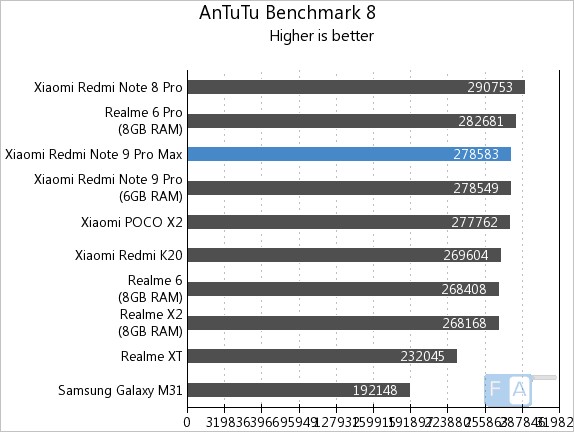
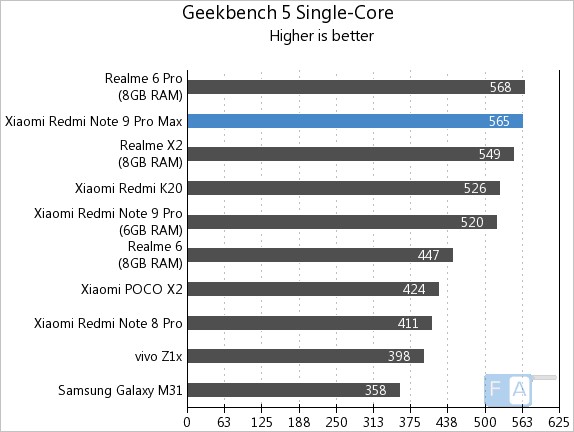

The scores show MediaTek Helio G90T has an upper hand mainly due to the powerful GPU.
Battery life
Coming to the battery life, the phone packs a 5020mAh (typical) built-in battery, same as the Note 9 Pro. It lasts for a whole day even with heavy use, and with average use it lasts for two days, thanks to optimization in the MIUI 11. I got over 8 hours of screen on time with close to 4 days of use only on Wi-Fi. Since the phone has support for 33W fast charging, it takes about 1 hour and 10 minutes to charge from 0 to 100%, and 0 to 50% takes about 27 minutes using the bundled charger, which is good for a phone with a 5020mAh battery.
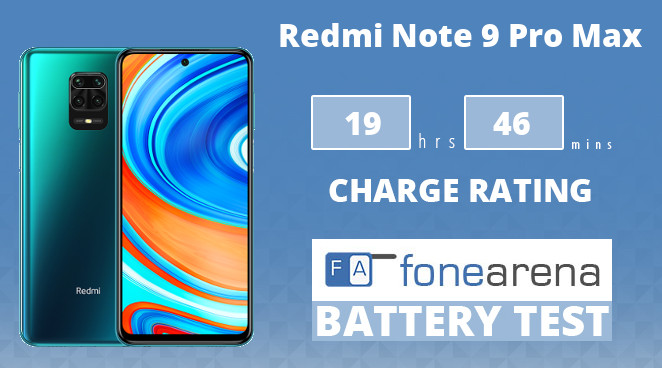
It achieved One Charge Rating of 19 hours and 46 minutes in our battery test, which is good for a phone with a 5020mAh battery, and it same as the REdmi Note 9 Pro. Battery life is based on different factors such as software optimization and the processing power that requires to power the phone, so if the phone lasts for a day with heavy use, it is good.
Conclusion
The phone was launched at Rs. 14,999, but after the GST price hike, the phone starts at Rs. 16,499 for the 6GB RAM with 64GB version, which is still a good option in the price range since the price of other phones have also increased. The center punch-hole LCD screen with minimal bezels is good, but lacks 90Hz high refresh rate LCD screen or an AMOLED screen with Always-on-display feature. The phone has better cameras compared to the Note 9 Pro comes with a premium glass body. It offers smooth performance and excellent battery life with support for 33W fast charging, which the Note 9 Pro lacks.
If you need better camera and faster charging, then the Redmi Note 9 Pro Max 6GB + 128GB version is a batter choice compared to Note 9 Pro since it is only Rs. 1000 more than the 6GB + 128GB version of Redmi Note 9 Pro. If you are tight on the budget, then the base 4GB + 64GB version of the Note 9 Pro is a good choice under Rs. 15,000.
Competition
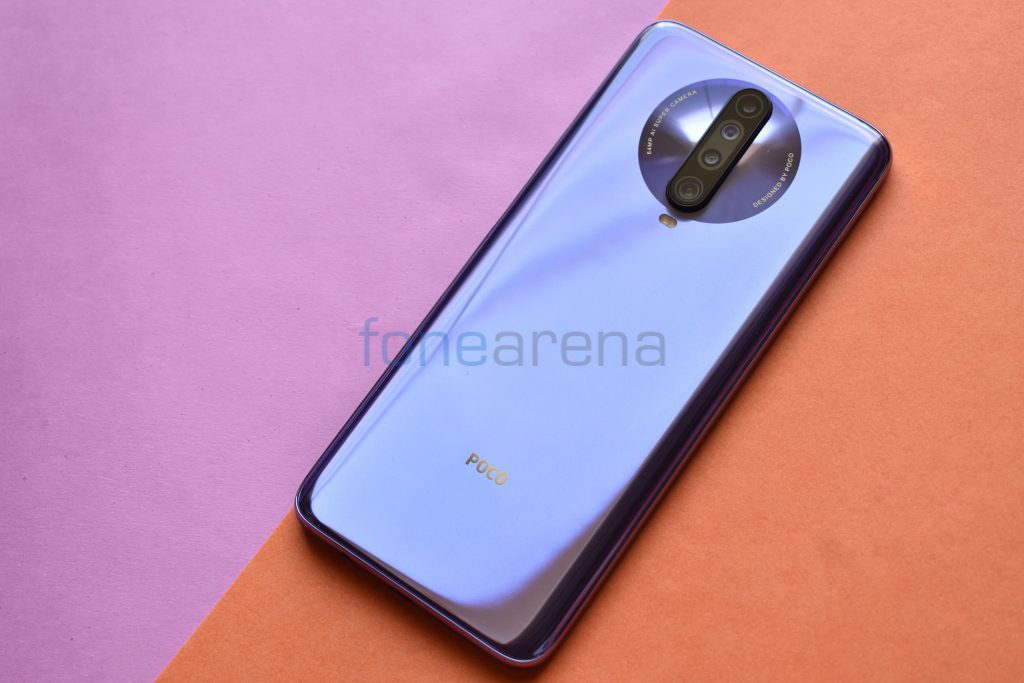
POCO X2 is an option if you need 120Hz refresh rate screen and dual front cameras, but after the recent price hike the phone starts at Rs. 17,499. The realme 6 Pro is a good competition with a 90Hz screen and dual front cameras, but you have to compromise on the battery life, and it starts at Rs. 17,999. The Samsung Galaxy M31 is another good option in the price range that offers an AMOLED screen and a huge 6000mAh battery at a starting price Rs. 16,999.
Availability
Priced at Rs. 16,499 for the 6GB RAM with 64GB storage version, Rs. 17,999 for the 6GB RAM with 128GB storage version and Rs. 19,999 for the 8GB RAM with 128GB storage version, it wil be available through flash sale on Amazon.in and mi.com every week.
Pros
- Large ‘Dot’ display is good
- Good cameras
- Smooth performance
- Premium glass body
- Dedicated Dual SIM and microSD slots
- Excellent battery life with 33W fast charging
Cons
- No high refresh rate display
- Low-light camera performance could be better
- Might be large and bulky for some
- Bloatware and ads in UI

